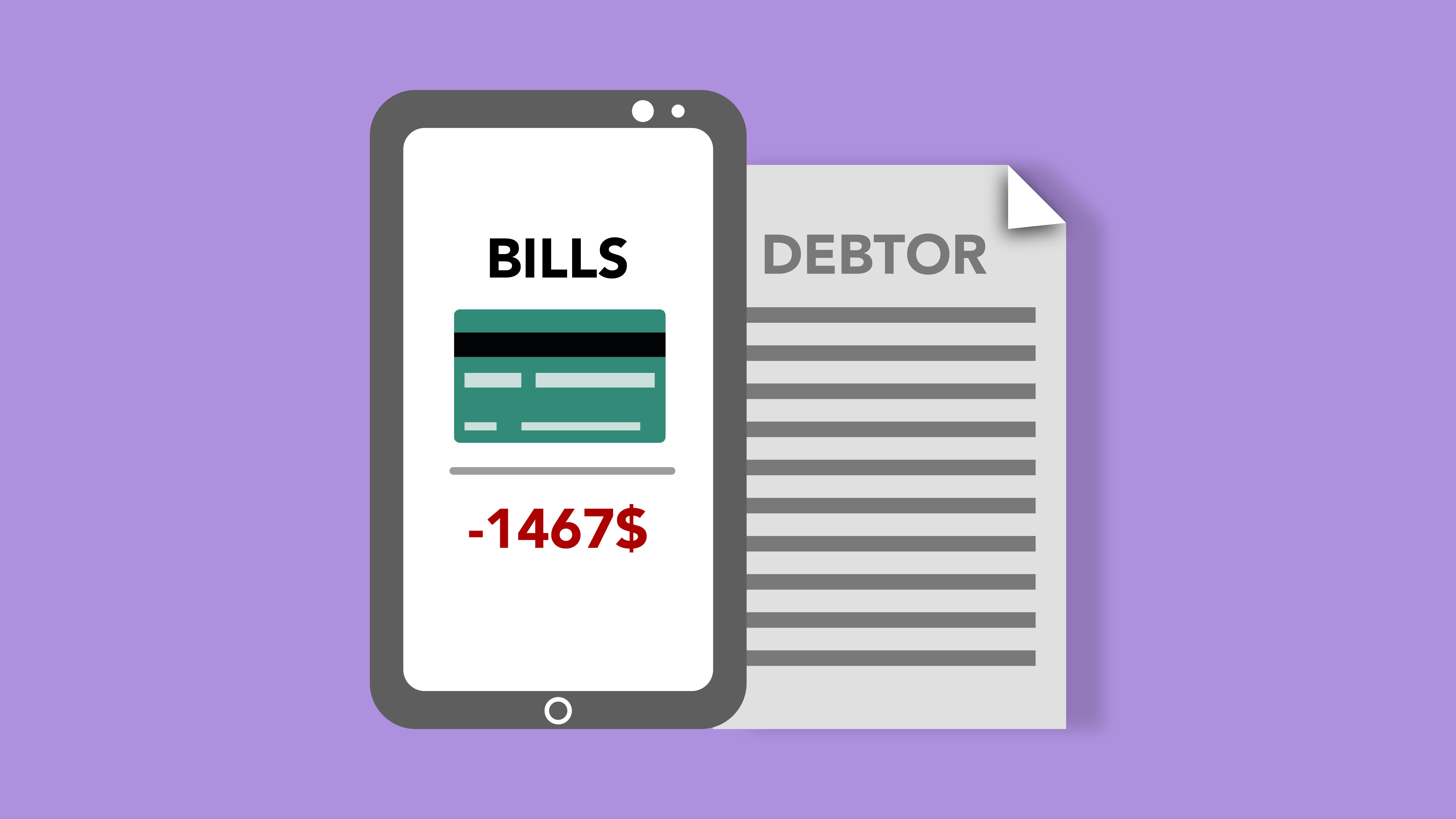How to Securely Log Out of Outlook in 2025: Expert Steps to Protect Your Data

How to Properly Log Out of Outlook in 2025
Logging out from Outlook effectively ensures your account's security and privacy. Whether you're using the Outlook desktop application, Outlook on the web, or the mobile app, understanding the logout process is crucial. In this guide, you will find detailed steps on how to log out of Outlook, securing your account every time.
Understanding the Logout Process in Outlook
The **logout process in Outlook** is designed to protect your sensitive information. By signing out properly, you ensure that no one else can access your email account after you leave your device, especially on shared or public computers. Each version of Outlook has its unique logout instructions, but the main objective is to clear your session and disconnect securely from the app. The process involves several steps depending on the platform you are using.
Signing Out from Outlook on Different Platforms
To effectively sign out from Outlook, it's vital to know how the logout functions on various platforms. Here's a detailed explanation:
For Outlook Web: Go to the top right corner click on your profile icon and select "Sign out." This will log you out of your Microsoft account on the web, ensuring your session is cleared.
For Outlook Desktop: Click on "File," then "Account" and choose "Sign Out" or "Exit Outlook." This action will safely log you out from the application and close your session.
For Outlook Mobile App: Open the app, go to "Settings," select your account, and tap "Sign Out." This will ensure you're logged off and your information is secure.
Why Logout is Important for Security
It's not just best practice; **logging out of your Outlook account** is vital for your account's security. When you exit from Outlook properly, you help prevent unauthorized access to your emails and other sensitive data. If someone else gains physical access to your device, having logged out can save you from possible data breaches.
Additionally, in environments where multiple users access the same computer, ensuring a secure exit can protect not just your emails, but any linked services and your personal credentials associated with your Outlook account.
Step-by-Step Logout Instructions for Outlook
Whether you are a beginner or a seasoned Outlook user, following the correct logout measures is critical. Below, we present a clear, step-by-step guide for logging out of Outlook effectively across various devices.
Logging Out on the Outlook Web Application
To log out from Outlook Web, follow these steps:
- Open your browser and go to Outlook.com.
- Click on your profile picture in the top right corner.
- Select the "Sign out" option from the dropdown.
This process ensures your session is terminated properly. It is crucial, especially when accessing your account from public computers.
Logging Out from the Outlook Desktop Application
Here’s how to exit Outlook on your desktop:
- Launch the Outlook desktop application.
- Click on the "File" tab in the top menu.
- Select "Account" and then proceed to click "Sign out."
- After signing out, you can either click "Close" to exit the program.
This ensures that all your data is secured and not accessible by unauthorized users.
Logging Out from the Outlook Mobile App
If you need to log out of the mobile app, here’s a simple guide:
- Open the Outlook app on your device.
- Tap the menu icon (three parallel lines) on the top left corner.
- Scroll down and select "Settings."
- Tap on your email account and choose "Sign out."
By doing this, you ensure you are properly logged out of your Outlook account on mobile devices.
Best Practices for Managing Your Outlook Accounts
Efficient management of your Outlook accounts significantly enhances your overall security. Here are some best practices to ensure you manage your sessions properly.
Regularly Clearing Your Session
One of the best practices for using Outlook includes regularly clearing your sessions. This can be done by logging out after each use. Additionally, consider using browser private modes or incognito modes when accessing emails from shared systems to clear sessions automatically.
Utilizing Security Features in Outlook
Outlook includes various security settings to help keep your information secure. Access your account settings and enable features like two-step verification to add an additional layer of security. Always ensure your email remains secured by changing passwords regularly and utilizing Outlook’s security recommendations.
Managing Multiple Outlook Accounts
If you're using multiple Outlook accounts, understanding how to switch between profiles effectively is essential. You can manage different profiles from the desktop application through the "Account Settings" section in the "File" menu. This allows seamless transitions while ensuring you're logged out of unnecessary accounts.
Key Takeaways
- Log out regularly from all versions of Outlook to maintain security.
- Utilize account settings to enhance your Outlook security profile.
- Understand the specific logout processes for web, desktop, and mobile applications.
- Consider using incognito modes for public or shared computers.
- Be vigilant about managing multiple Outlook accounts to avoid confusion.
FAQ
1. How do I logout of Outlook on my mobile device?
To log out of the Outlook mobile app, open the application, navigate to "Settings," select your email account, and tap "Sign Out." This ensures that your session is cleared and your information is secured.
2. What should I do if I face issues logging out from Outlook?
If you encounter problems during the logout process, check your connection and refresh your browser. If needed, clear your browser cache and cookies or restart the application. For persistent issues, consult the Microsoft Outlook help page for further assistance.
3. Why is it necessary to remove my Outlook session?
Removing your Outlook session is crucial for security. It ensures that no one can access your emails or personal information when you leave your device, especially in public or shared environments.
4. Can I use keyboard shortcuts for logging out of Outlook?
Yes, keyboard shortcuts can simplify the logout process. While logged into the Outlook desktop app, you can usually press "Alt + F, then press S" to sign out quickly, depending on your version of Outlook and Windows settings.
5. How can I manage multiple Outlook accounts efficiently?
To manage multiple accounts efficiently, utilize the "File" menu in the Outlook desktop app to add or switch accounts. Always ensure you sign out of accounts not in use to maintain security across all profiles.
6. What are best practices for ensuring my Outlook account is secure?
To secure your Outlook account, always log out after each session, use two-step verification, and update your password regularly. Additionally, be cautious when accessing your account from shared devices to protect your sensitive information.

